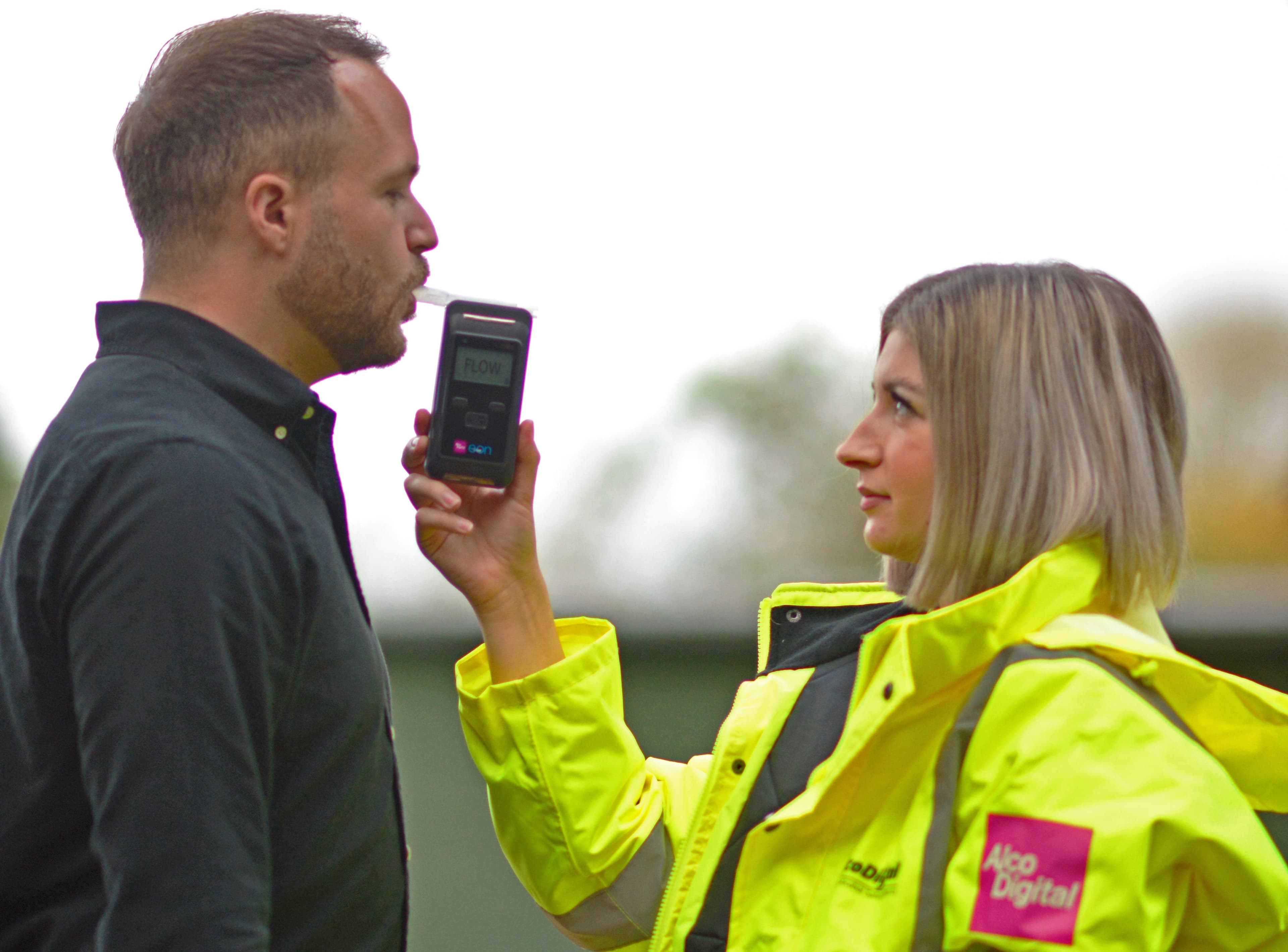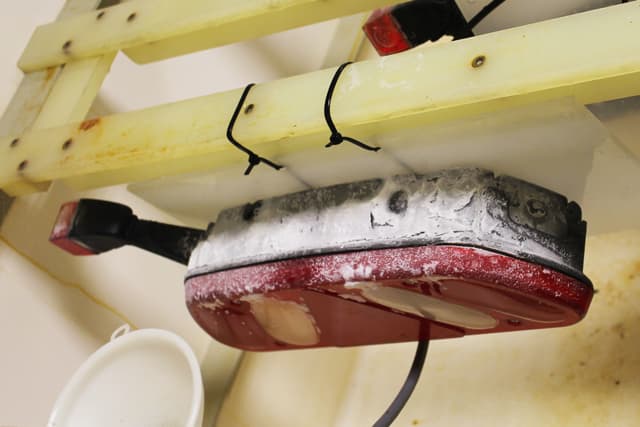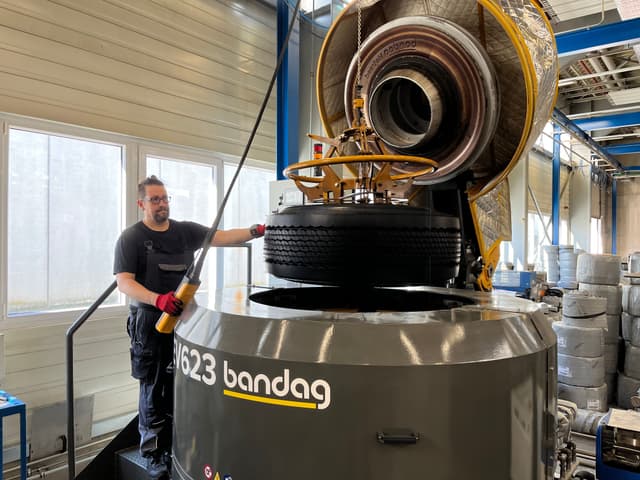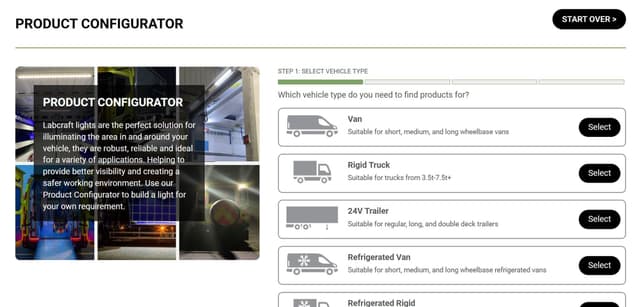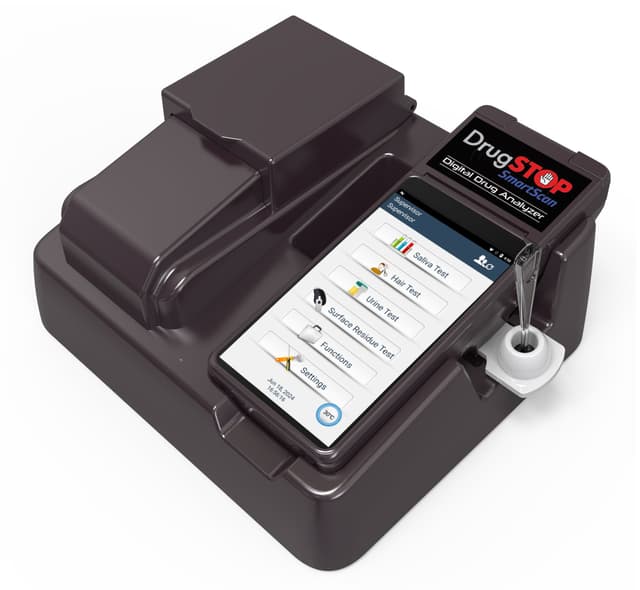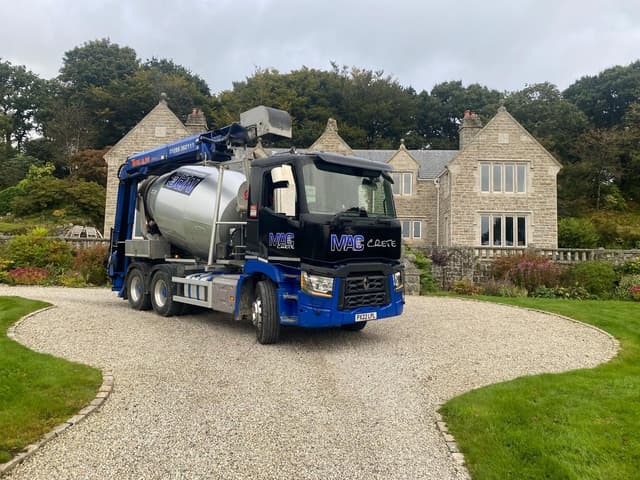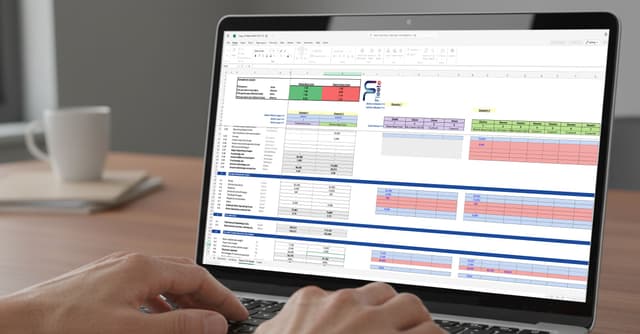Did you know? Of 7,727 roadside drug tests conducted between 1/12/24 and 1/1/25...42.2% Tested Positive.
With the rise in workplace drug-related incidents, employers are under mounting pressure to ensure staff are free of both alcohol AND drugs while at work. A 2015 survey revealed nearly one-third of employees across sectors admitted to drug use at work, with many under the influence daily. Employers are obligated under the Health & Safety at Work Act to maintain a safe environment, which can be compromised by many forms of substance abuse - not just alcohol, but both recreational/illegal drugs and the effects of prescription drugs which should be carefully considered depending on someones’ role.
Establishing a workplace drug testing policy can boost safety, reduce absenteeism, and improve productivity. However, selecting the right testing method is crucial, and employers must weigh the pros and cons of each approach.
Traditionally, urine tests have been used for employer screening programs, but whilst effective for pre-employment and lifestyle testing, they often fail to detect recent drug use within the last few hours - despite the employee being under the influence of those drugs whilst at work. Hair testing provides long-term usage history but not recent activity. Oral fluid (saliva) testing has become the preferred method due to its ease of collection, resistance to tampering, and effectiveness in detecting recent drug use—similar to blood testing. It is currently used by UK Police for roadside tests and is practical for workplace policies.
Random testing, in particular, serves as a deterrent, fostering awareness among employees about the risks and responsibilities associated with drug use. It also helps protect businesses from revenue loss and reputational damage.
However, introducing a testing policy can raise employee concerns. Open communication is essential, allowing staff to disclose any medical or dependency issues. Employers should clearly explain the reasons for testing and the consequences of a positive result to promote understanding and cooperation.
Routine testing is recommended at least annually for all employees, with pre-employment testing helping to establish expectations from the outset. The frequency and type of testing may vary depending on the nature of the job—for example, commercial drivers should be tested regularly for both drugs and alcohol.
Far from opposing substance abuse screening, many UK unions actively support testing; the quote below is from a recent Unison press release:
“Alcohol, drugs and other substances have a strongly negative effect on the brain and the body, impairing judgement and concentration, and putting the abuser and co-workers at risk. Staff who misuse drugs or alcohol are more likely to take time off, display poor performance and increase the risk of accidents. These factors weaken an organisation’s overall performance.”
Successful implementation of a drug testing policy requires not only the right methods, equipment and tests but also properly trained personnel. Accurate and professionally conducted tests are vital, especially if test results are later used in disciplinary or legal proceedings.
www.alcodigital.co.uk
